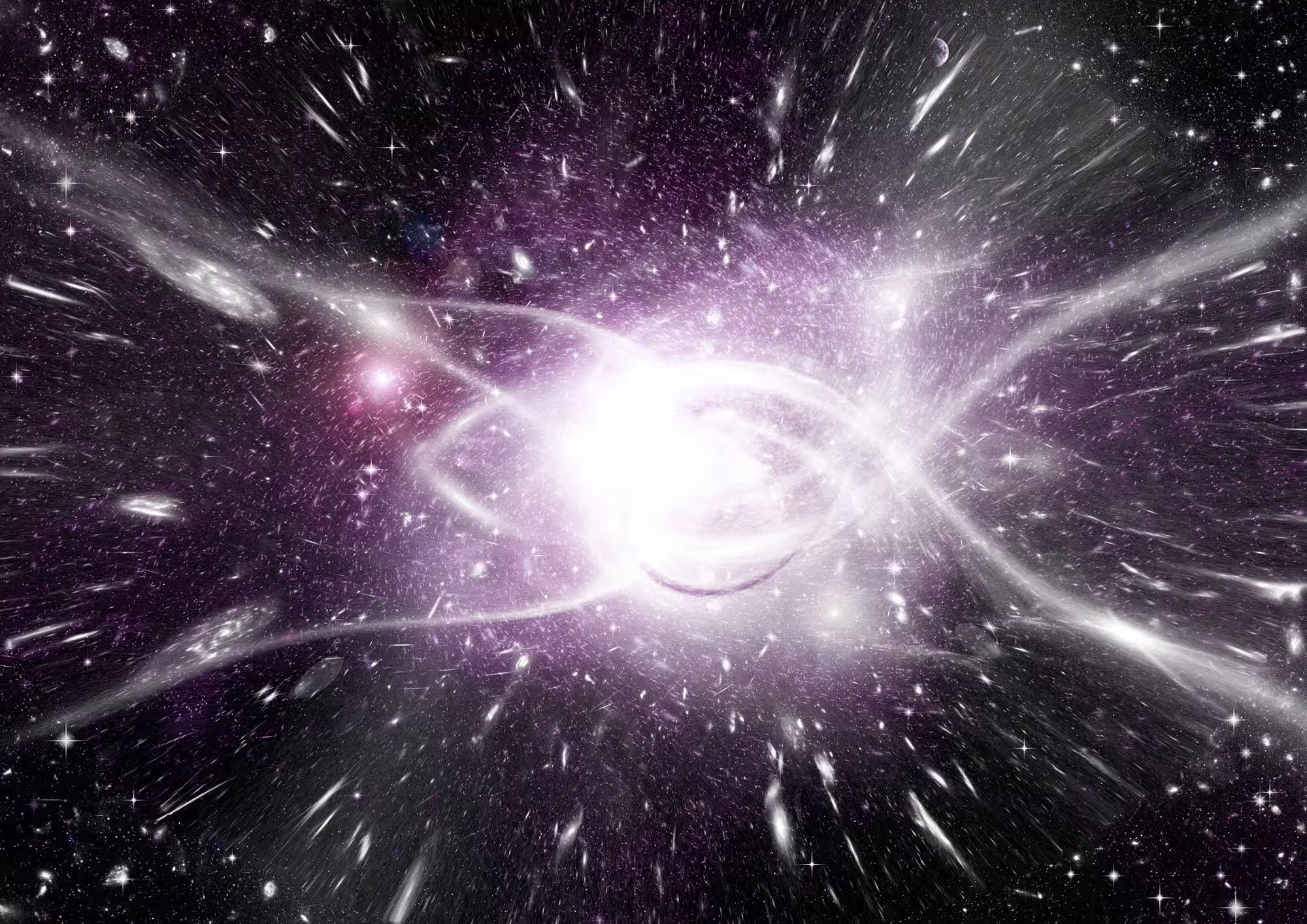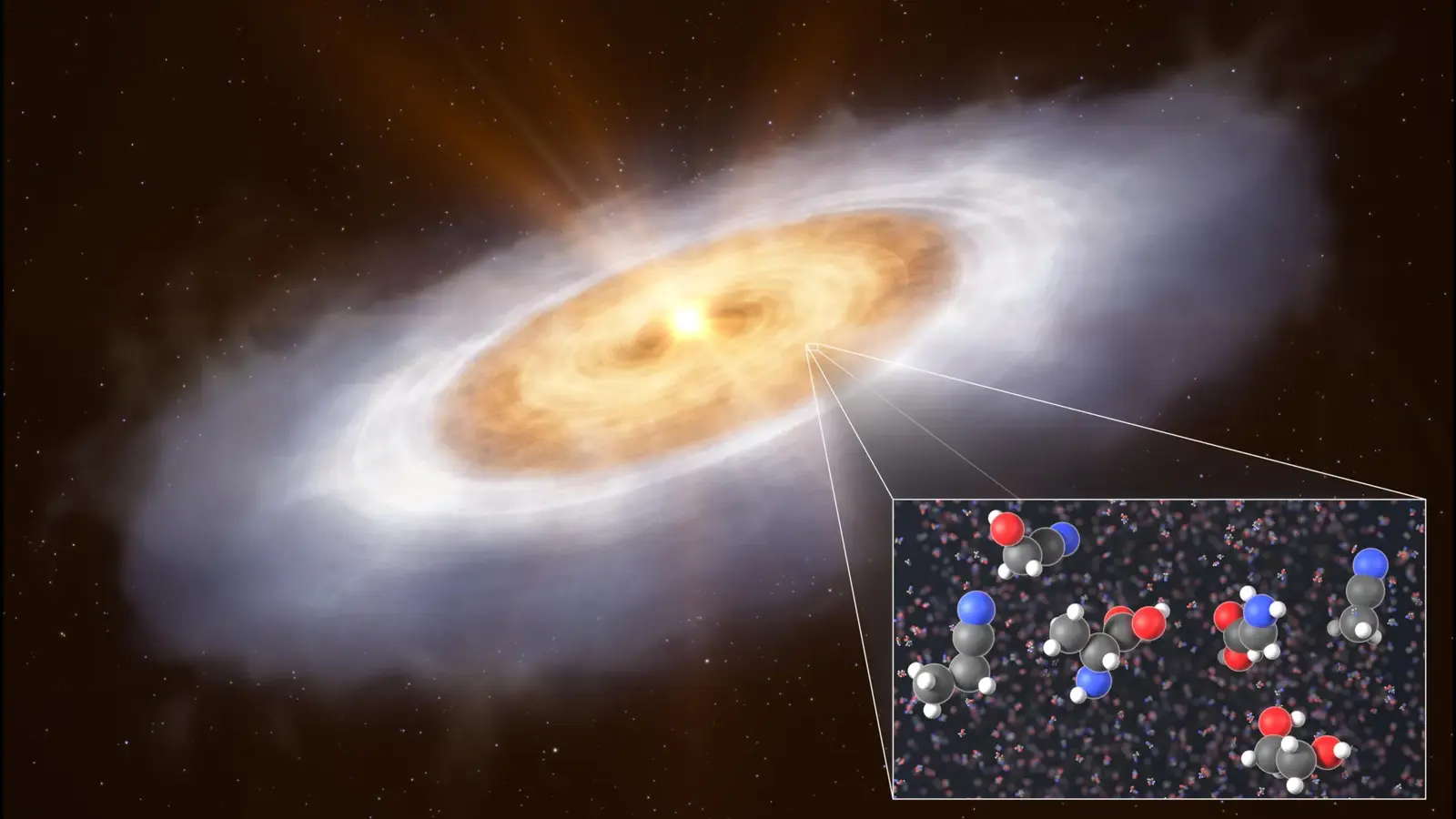8 Minutes
Scientists have taken a significant step toward answering one of cosmology's most profound riddles: why the early universe ended up full of matter rather than fading into nothing. By merging measurements from two of the world's leading neutrino experiments, researchers have sharpened their view of how these ghostly particles behave and found hints that neutrinos and antineutrinos might not be perfect mirror images.
Why neutrinos matter: tiny particles with outsized importance
Neutrinos are everywhere. Trillions pass through your body every second, yet they rarely interact with ordinary matter. They carry no electric charge and have masses so small they were once thought to be zero. That elusiveness makes them hard to study — and potentially crucial to understanding why the universe contains more matter than antimatter.
According to standard Big Bang theory, the universe should have created equal amounts of matter and antimatter. When matter and antimatter meet, they annihilate, leaving only energy. But our cosmos is dominated by matter: stars, planets, and life exist because that balance tipped. Physicists suspect a broken symmetry in the behavior of fundamental particles hinted the scale tipped in matter’s favor — and neutrinos are prime suspects.

Hidden within streams of ghostly particles, scientists may have found a clue to why the universe didn’t vanish after the Big Bang.
NOvA + T2K: A cross-continental partnership that boosts sensitivity
Two leading neutrino experiments, NOvA in the United States and T2K in Japan, recently combined their datasets to amplify their ability to test whether neutrinos violate CP symmetry (charge-parity symmetry). CP symmetry implies that the laws of physics should treat particles and antiparticles as mirror images. If neutrinos violate CP symmetry, that could help explain the matter-antimatter imbalance.
NOvA sends a beam of neutrinos 810 kilometers from Fermilab near Chicago to a 14,000-ton detector in Ash River, Minnesota. T2K propels neutrinos 295 kilometers from the J-PARC accelerator in Tokai to the Super-Kamiokande detector under Mount Ikenoyama. Combining results from a long baseline (NOvA) and a shorter, intense beam (T2K) leverages complementary sensitivities: the different paths and detectors respond differently to oscillation patterns and matter effects, making joint analysis more powerful than either experiment alone.
How the experiments detect a whisper in a storm
Detecting a neutrino is like trying to hear a single whisper in a stadium. Both NOvA and T2K generate controlled beams of neutrinos using powerful accelerators. The beams travel through hundreds of kilometers of Earth before reaching massive detectors designed to capture the rare interactions where a neutrino collides with an atomic nucleus and leaves a measurable trace.
Scientists categorize neutrinos by flavor — electron, muon, and tau — because neutrinos can oscillate, changing flavor as they travel. Measuring how often a muon neutrino appears as an electron neutrino, and whether that probability differs between neutrinos and antineutrinos, directly probes CP violation in the neutrino sector.
A hint of imbalance: what the combined analysis showed
The joint study published in Nature used the combined statistical power of NOvA and T2K to tighten constraints on neutrino oscillation parameters. The results point toward a difference in behavior between neutrinos and antineutrinos — a potential sign of CP violation. While the evidence is not yet definitive, the pattern strengthens the case that neutrinos might help explain why matter survived the Big Bang.
Professor Mark Messier of Indiana University, who has led IU’s involvement since 2006, described the advance as meaningful progress on a problem that once seemed intractable: “We’ve made progress on this really big, seemingly intractable question: why is there something instead of nothing?” His group’s contributions span detector design, data interpretation, and mentoring student scientists who helped run the joint analysis.
Scientific context: CP violation and the matter–antimatter puzzle
CP violation is already known in the quark sector of particle physics but at levels too small to account for the observed matter dominance. If neutrinos violate CP symmetry strongly enough, they could provide the extra asymmetry needed during the early universe. The mechanism may be linked to leptogenesis, a theoretical process where neutrino-related physics produces a surplus of matter over antimatter.
Testing these ideas requires precise measurements of oscillation parameters: mixing angles, mass-squared differences, and the CP-violating phase often denoted by δCP. The combined NOvA–T2K analysis narrows the possible values of δCP and improves global fits to neutrino data, guiding future experiments.
Indiana University’s role and global collaboration
Indiana University researchers played an important role in the collaboration, contributing to hardware, software, and analysis. IU physicists — including Mark Messier, Jon Urheim, James Musser (Emeritus), Stuart Mufson (Emeritus), and Jonathan Karty — helped design detector components and interpret subtle data features. Graduate students and postdocs from IU, such as Reed Bowles, Alex Chang, and others, form part of the next generation building skills in machine learning, data analysis, and instrumentation.
Large neutrino collaborations like NOvA and T2K are international endeavors. Hundreds of scientists across more than a dozen countries pooled expertise to execute the joint analysis. The work was supported in part by the U.S. Department of Energy and reflects how pooling resources can accelerate discovery.
Technology spin-offs and workforce development
High-energy physics drives technological innovation. Advances in fast electronics, precision detector materials, and large-scale data handling developed for neutrino experiments often find applications in medical imaging, communications, and industry. Moreover, students trained on these projects leave with sought-after skills in data science, AI, and systems engineering.
What's next: bigger detectors and deeper questions
The NOvA–T2K joint analysis is a critical stepping stone. Upcoming experiments — notably DUNE in the United States and Hyper-Kamiokande in Japan — will bring larger detectors, longer baselines, and more intense beams, aiming to measure δCP with much higher precision. If future results confirm strong CP violation in neutrinos, it would reshape our understanding of the early universe and provide a plausible route to explaining the origin of matter.
Expert Insight
“This combined analysis is exactly the kind of incremental but decisive advance that moves the field forward,” said Dr. Elena Vargas, a neutrino physicist at a major research institute. “We’re not at a 5-sigma discovery yet, but narrowing the parameter space lets the next generation of experiments tune their designs. If neutrinos are the missing ingredient behind matter’s dominance, we should be able to see compelling evidence in the coming decade.”
Dr. Vargas added that cross-experiment cooperation also builds community-wide capabilities in computing and calibration that will be essential when DUNE and Hyper-Kamiokande begin full operations.
Why this matters beyond particle physics
Discovering the mechanism that produced the cosmic matter excess answers an existential question: why is there something rather than nothing? Beyond philosophy, the practical benefits of large-scale physics projects ripple outward. New technologies, data infrastructure, and trained personnel contribute to broader scientific and economic ecosystems.
For now, the neutrino story remains a work in progress. The NOvA and T2K teams have shown how international collaboration and careful joint analysis can amplify scientific reach. Their results don’t yet close the case, but they offer one of the clearest hints so far that neutrinos could explain how matter came to dominate the universe.
Source: scitechdaily
Comments
DaNix
Interesting but is this just a statistical hint? Not convinced until DUNE/Hyper-K show 5-sigma. Still, neat team effort.
labnova
wow, that's wild... if neutrinos really favor matter, whole early universe story rewrites. Skeptical though, need more data


Leave a Comment